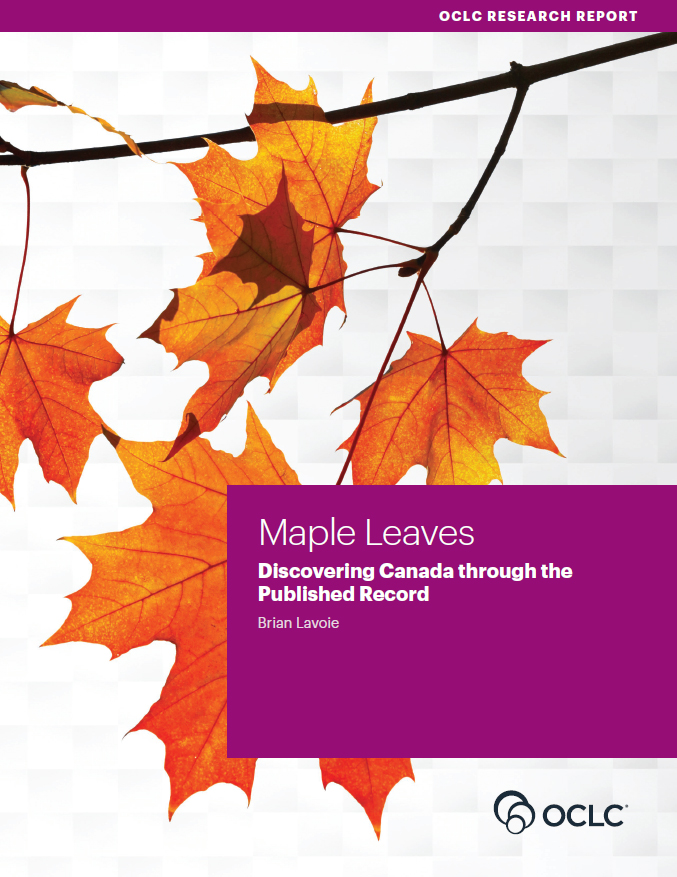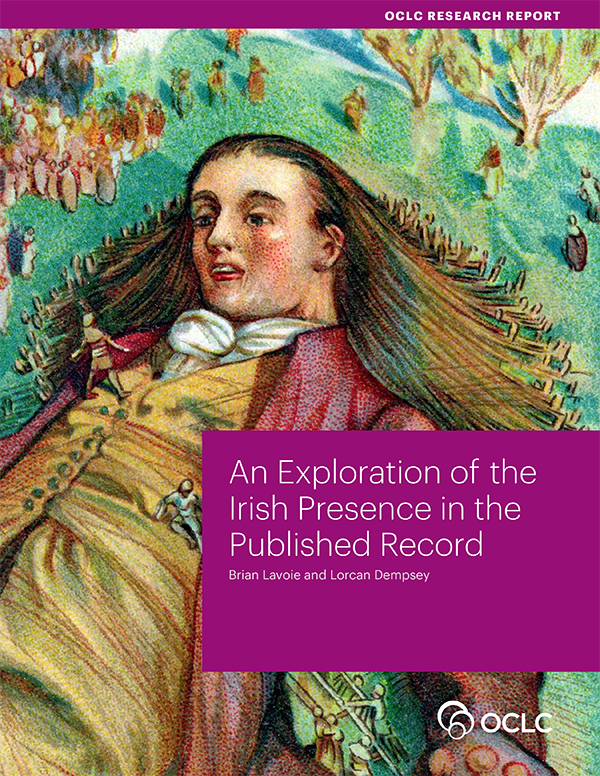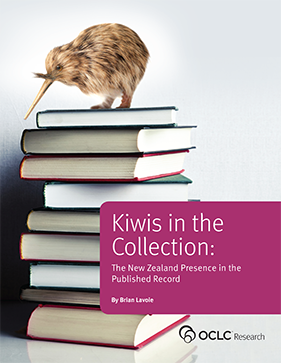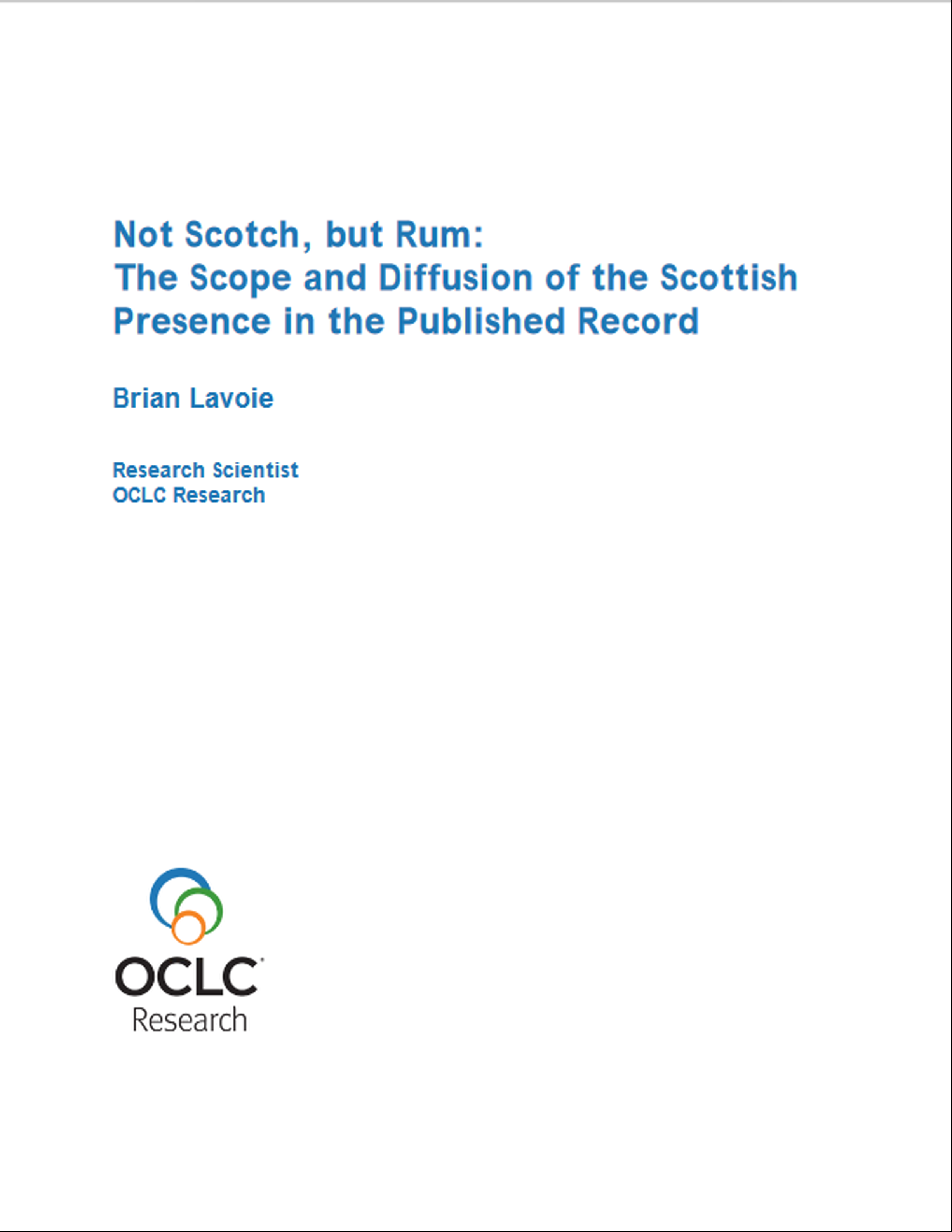Scope and Diffusion of National Presence in the Published Record
In recent years, big data and the tools and methodologies used to extract useful, actionable information from these data has transformed scholarly inquiry. One emerging area of inquiry is the potential to characterize the cultural patterns and trends represented in a national presence in the published record. The work OCLC Research has done illustrates the concept of national presence, explains how this presence can be operationalized in library data, and demonstrates how the data can be used to define patterns of analysis characterizing the general contours of a national presence and its diffusion worldwide.
Using WorldCat, the world’s largest and most comprehensive aggregation of data describing global library holdings, along with Wikidata, OCLC Researchers have explored the contribution of several countries to the published record as manifested in the collections of libraries around the world.
Read the below reports to find out how the presence and influence of Ireland, Scotland, New Zealand, and Poland are seen in the world's published and collected records, as well as a deep dive into what makes each country's presence unique.
Outputs
Blog Posts
Exploring Canadian connections to the published record OCLC Next blog | 11 June 2019
From Wrocław to Munich to Chicago—how Polish materials are reflected in the world’s libraries OCLC Next blog | 21 August 2017
National Presence Reports
-

Maple Leaves: Discovering Canada through the Published Record
21 May 2019
Brian Lavoie
OCLC Research identified 10.9 million Canadian publications using WorldCat and mapped this information with Wikidata to trace shifting cultural patterns over time. This report analyzes distinctive features of Canadian publications to examine the Canadian influence on the collective public record.
-

An Exploration of the Irish Presence in the Published Record
20 February 2018
Brian Lavoie, Lorcan Dempsey
OCLC Research identified more than 1.6 million distinct Irish publications using library collections data in WorldCat and mapped this information with DBpedia to trace shifting cultural patterns over time. This report analyzes distinctive features of Irish publications to examine the Irish influence on the collective public record.
-

Kiwis in the Collection: The New Zealand Presence in the Published Record
13 October 2014
Brian Lavoie
-

Not Scotch, but Rum: The Scope and Diffusion of the Scottish Presence in the Published Record
17 September 2013
Brian Lavoie
Background
Though the impact of data-intensive research methodologies has been most pronounced in social-science, these new analytical tools also have benefited the humanities. Literary scholar Franco Moretti coined the term "distant reading" to describe literature studies not based on "close" (i.e., human) reading, but computation analysis of massive digital aggregations to study topics such as lexicographical patterns or the distinctive features of certain literary genres. While these topics require full-text data, bibliographic descriptions that include metadata identifying the author, publication information, subject, etc., allow other types of analysis. This present work uses the millions of bibliographic descriptions in the WorldCat database to identify and characterize the national presence in the published record. While no single aggregation of bibliographic data completely describes the published record, WorldCat is the best representation of the global library resource available, and therefore the closest approximation of the published record.
Analysis of a national presence in the published record illustrates how massive aggregations of bibliographic data can be used to conduct research on cultural patterns and trends. National libraries, as well as other memory institutions, would benefit from a view of national contributions to scholarship and culture reflected in the published record, given their mission to collect, make available, and preserve their country's cultural and intellectual heritage.
The methodology and analysis described in the above reports would be of interest to cultural heritage institutions in any country interested in exploring a national presence in the published record in the context of collection development strategies, prioritization of digitization activities, and "gap analysis" for library collections, and would likely be of special interest to national libraries, academic institutions, and public libraries tasked with the responsibility to collect the intellectual and cultural contributions of a particular country.
The concept of a national presence in the published record is a valuable tool to benchmark the scope and diffusion of a country's literary, scholarly, and cultural heritage in an increasingly globalized information landscape.